As modern-day technology progresses, so does our lives dependency on all things digital and conveniently accessible on small mobile devices. This has undoubtedly created the rise of mobile apps in recent years.
Paid advertising is one of the most effective ways to increase visibility for your mobile app. It’s controlled by the goals and targets you set and can help you get in front of an extensive potential audience, no matter how generic or niche your app may be.
Suppose you are an app developer looking to promote your app-based product or a business owner that offers an app as an additional channel to reach your customers. In that case, there are two main PPC marketing platforms you should consider using depending on your app’s availability — they are Google’s Universal App Campaigns and Apple Search Ads.
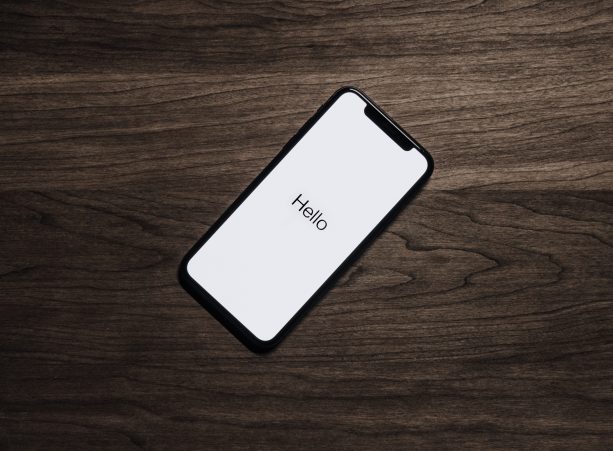
- Photo by Tyler Lastovich from Pexels
What is the difference between Google Universal App Campaigns and Apple Search Ads?
Both platforms are based on keyword targeting and use a Pay Per Click bidding model. The main difference between the two is the different digital properties where the ads will be found.
Google Universal App Campaigns (UAC) will promote across Google’s network of properties such as Google Search, Google Play Store, YouTube, Google Display Network, and so on.
On the other end, Apple Search Ads (ASA) show your ads only within the Apple App Store. Though this sounds like an unmatched comparison already, ASAs also have benefits of their own such as only featuring one ad at the top of the search results at any given time. This can be beneficial considering properties like Google Search typically display three sponsored ads at the top of the SERP.
Of course, if your app is only available for iOS or Android users, then you only need to worry about one main advertising platform. However, if your app is available for download on both, then it is worthwhile to consider the benefits of advertising on both.
Google Universal App Campaigns (UAC)
UACs are an automated ad type in Google Ads that help create the opportunity to generate more app installs or in-app conversions across Google’s network of properties like Google Search and YouTube.
You start by setting your goal, whether it is to simply drive app downloads or take an in-app action (ex. making a purchase). You will then set a budget for both a target cost per install (tCPI) and a maximum daily budget.
You can create an ad with a simple text description or even add images or videos to help appeal to prospects visually (this is especially helpful when you want your video or display campaigns featured on YouTube or the Google Play Store). Once launched, the ads will be automatically shown to the right audience using Google’s automated bidding strategies via machine learning to optimize your ads, bids and budget.
Though you can broadly promote your iOS app using UAC, Google ultimately has control over advertisements within its own network and cannot promote specifically within the Apple App Store. If you want to advertise directly to iOS users, you will need to explore Apple Search Ads.
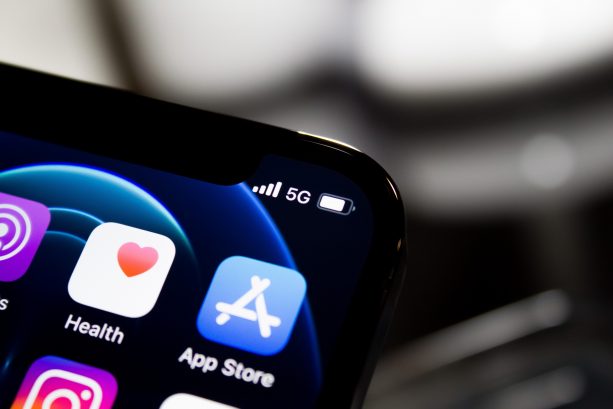
- Photo by James Yarema on Unsplash
Apple Search Ads (ASA)
ASA is a newer advertising platform compared to the Google alternative. The ability to advertise within the Apple App Store was only made available starting in 2016 with the launch of iOS 10.
App developers can drive traffic to their apps via the search function in the App Store on iPhones and iPads using sponsored text ads. This means that your ad can be displayed while people are looking for apps similar to yours.
According to Apple App Store data, 70% of worldwide App Store visitors use the search function to find apps.
Like Google Ads, advertisers typically start by selecting relevant keywords to bid on and can target additional audiences based on their specific devices and location within the budget that they set.
It’s also noteworthy to understand that user behaviour is also very different on this platform, considering that the user is already in the downloading environment to install the app. What this translates to is that one-word search terms are, therefore, often more likely to perform better than that on Google since the searches are hyper-focussed. At the same time, keyword optimization can really make or break the entire campaign on ASA.
Another major difference to note is the inability to upload images or text as you would for Google Ads. However, as a compromise, Apple does allow the ability to customize your Creative Sets using up to 3 screenshots or app preview videos (30s limit each).
Things to Consider
If your mobile app is available for both iOS and Android users, it would be ideal to advertise using both paid marketing platforms. They will open you up to larger markets and help bring exposure where organic results from App Store Optimization are just not sufficient.
If you want to spread the word about your app even more so, then there are of course other options like Social Advertising via Facebook/Instagram Ads and other methods.
Final Thoughts
Don’t limit yourself to just one marketing tool if you have the means to try on other strategies. Every mobile app is different and has a diverse target audience. Don’t be afraid to test them out and see where you experience the best ROI for your particular business. If you want to seek professional advice, TechWyse has a team of PPC experts who can help you rise to the top!
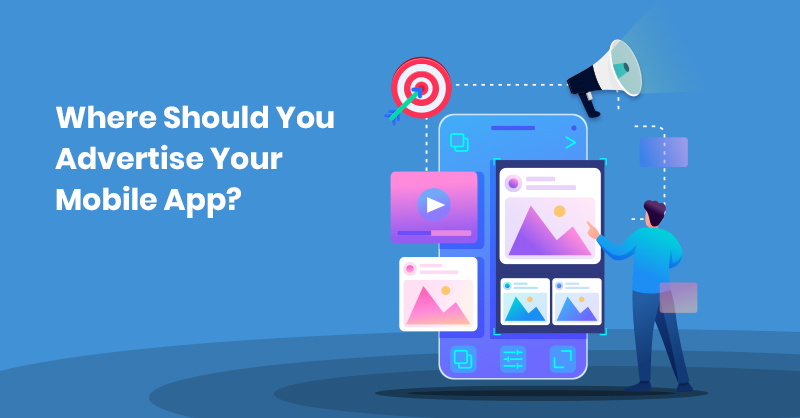

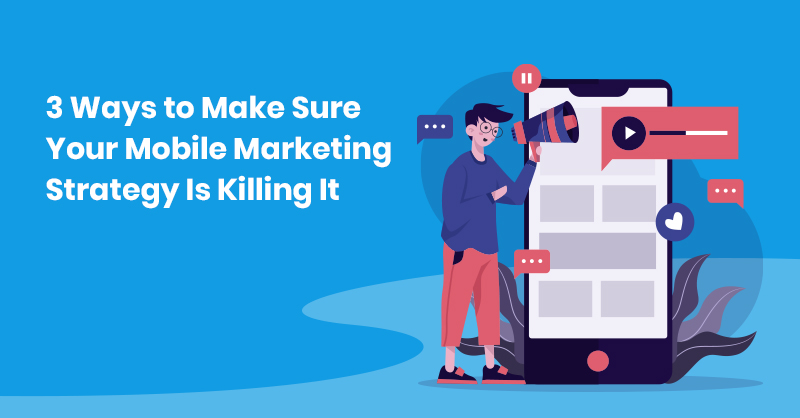
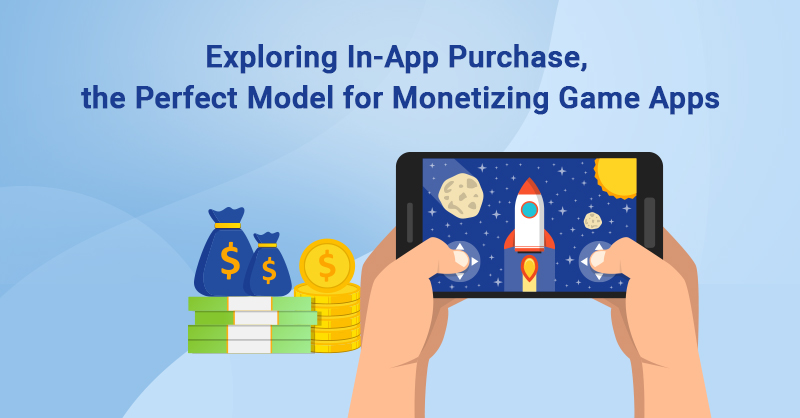


on
Very good information…..! I am very thankful to you for sharing this important knowledge
on
Very interesting article!
I think based on the budget & TG you should choose some platforms to market an app. if an iOS app, then Apple Search Ads best place otherwise Google Universal App Campaigns is best for you.